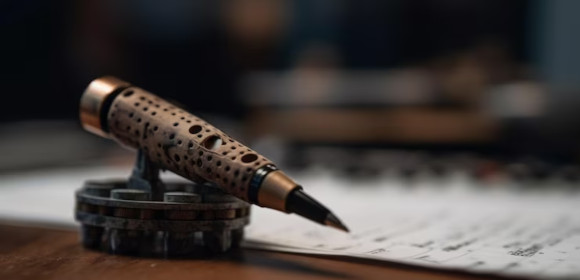30+ Poem of Alliteration Examples
Poetry, a realm where words dance with grace, carries the power to evoke emotions, paint vivid images, and transmit profound messages. One intriguing form of poetry is the “Poem of Alliteration.” This literary technique is a symphony of sound that weaves together words sharing consonant sounds, creating an enchanting auditory experience. In this article, we will explore the definition, creation process, and examples of Poems of Alliteration, delving into the artistry behind this captivating form of expression.
Alliteration Poem Examples
1. “Whispers of the Wind” – Emily Dickinson
“Winds whispering through the weeping willows,
Waving wildly, weaving through the wistful skies.”
This line masterfully uses alliteration with the repetition of the ‘w’ sound, creating a vivid image of the wind’s movement and sound.
2. “Beneath the Barren Boughs” – Robert Frost
“Beneath the barren boughs below,
Bats by the moonlight bravely fly.”
Robert Frost employs the ‘b’ sound to paint a striking nocturnal scene, emphasizing the desolate yet active life under the moonlight.
3. “Glimmering Glow of the Glade” – William Wordsworth
“Glades glowing with the glimmering glow,
Gently glistening under the golden sun.”
Wordsworth’s use of the ‘g’ sound captures the enchanting beauty of a forest clearing bathed in sunlight, highlighting nature’s serene and sparkling essence.
4. “Dusk’s Dimming Delight” – T.S. Eliot
“Dusk draws down, dimming daylight,
Dreamily the darkness descends.”
T.S. Eliot’s adept use of the ‘d’ sound encapsulates the transition from day to night, invoking a sense of calm and the approach of evening’s tranquility.
1. Poem of Alliteration Example
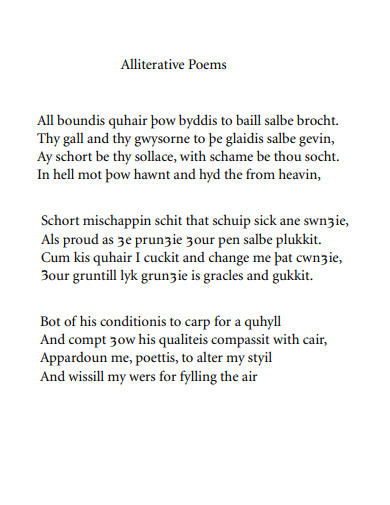
journals.lib.unb.ca
2. Ocean Poem of Alliteration Example
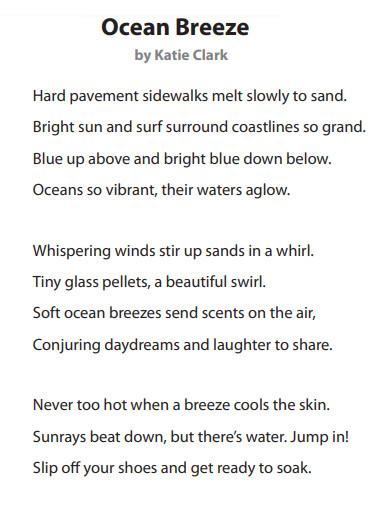
mathworksheets4kids.com
3. Sample Poem of Alliteration Example
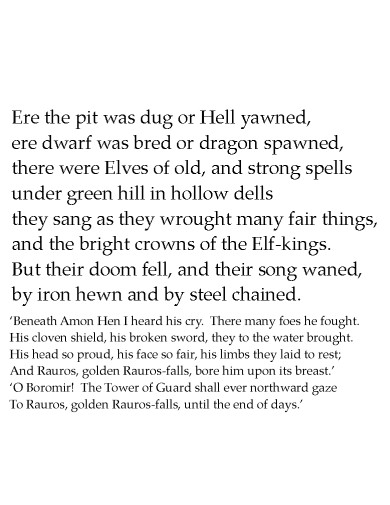
dc.swosu.edu
4. 4th Grade Poem of Alliteration Example
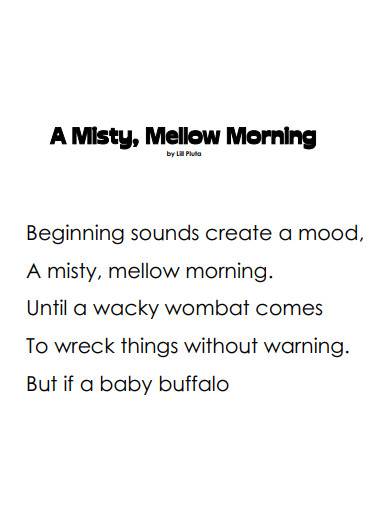
superteacherworksheets.com
5. Ice Cream Poem of Alliteration Example

rachelwongportfolio.files.wordpress.com
6. Poem of Alliteration Literary Example
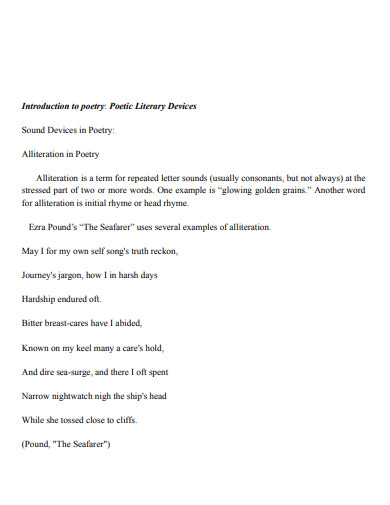
cedw.tu.edu.iq
7. Short Poem of Alliteration Example
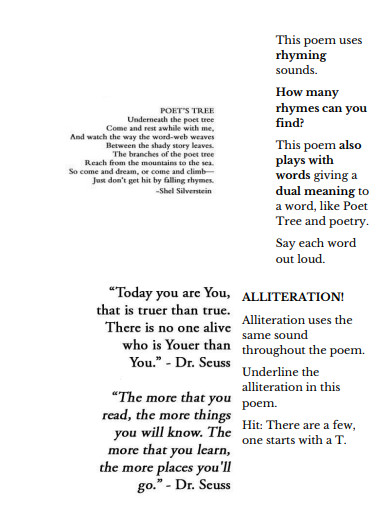
kcet-brightspot.s3.amazonaws.com
8. English Poem of Alliteration Example

vanessafrancoblog.files.wordpress.com
9. Summer Shape Poem of Alliteration Example
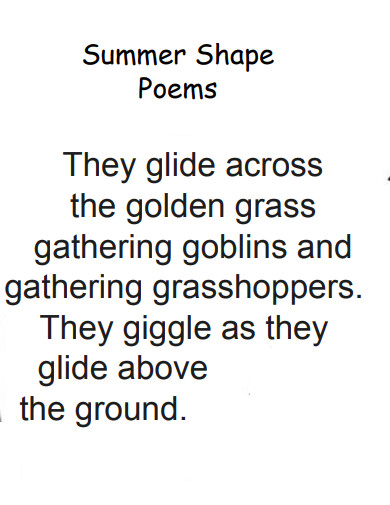
burlingtoni.kingston.sch.uk
10. Poem of Alliteration Template
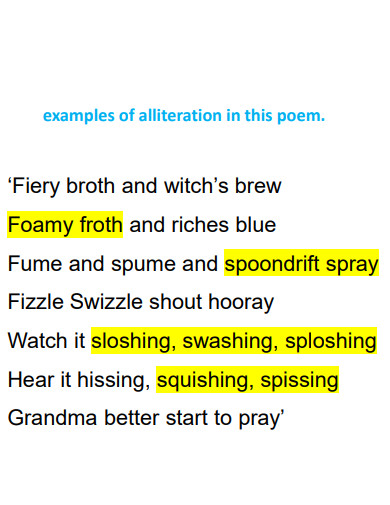
brentfield.brent.sch.uk
11. Alphabet Poem of Alliteration Example
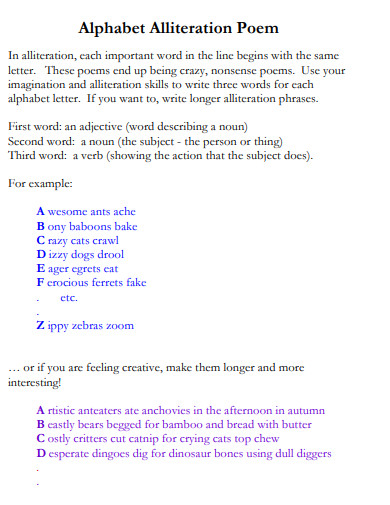
schochsite.pbworks.com
12. Rhyming Poem of Alliteration Example
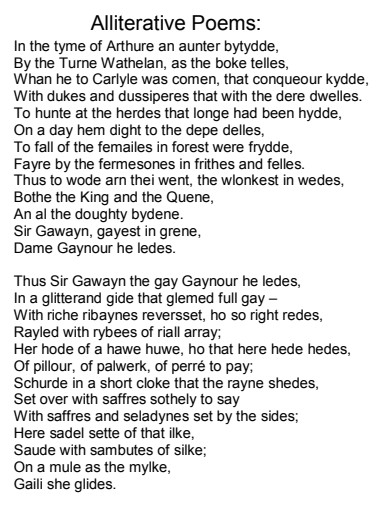
orca.cardiff.ac.uk
13. Love Poem of Alliteration Example
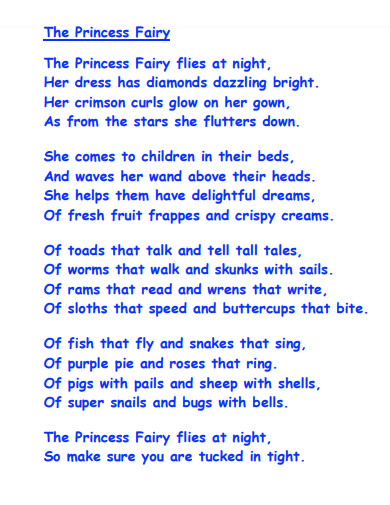
mothergoosecaboose.com
14. Formal Poem of Alliteration Example
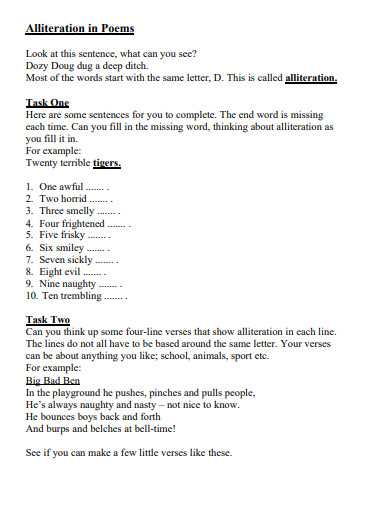
primaryresources.co.uk
15. 2nd Grade Poem of Alliteration Example
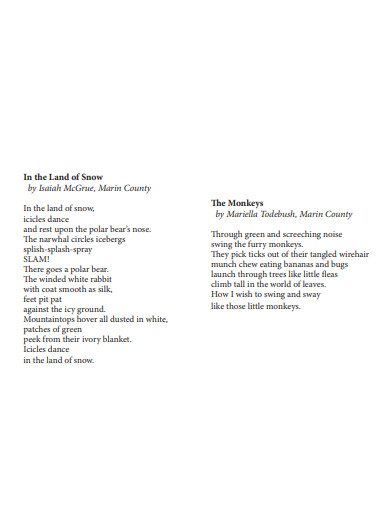
teachersandwritersmagazine.org
16. Poem of Concrete Alliteration Example
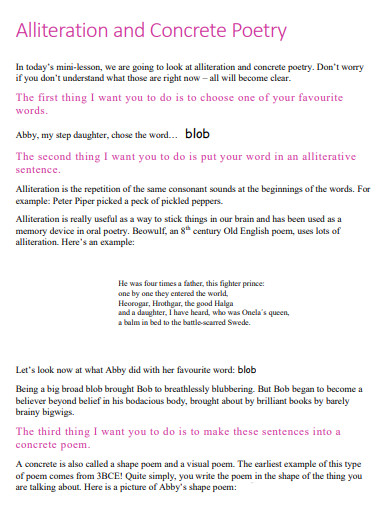
insideoutcommunity.com
17. Rain Poem of Alliteration Example
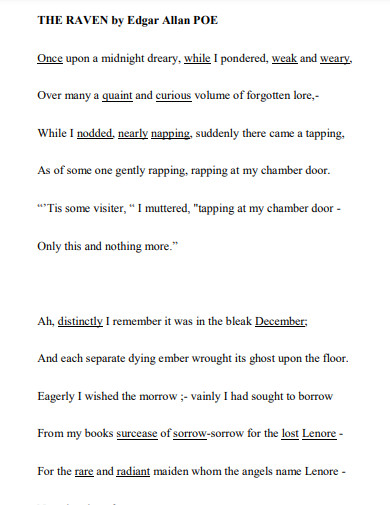
repository.umsu.ac.id
18. Poem of Alliteration Structure Example
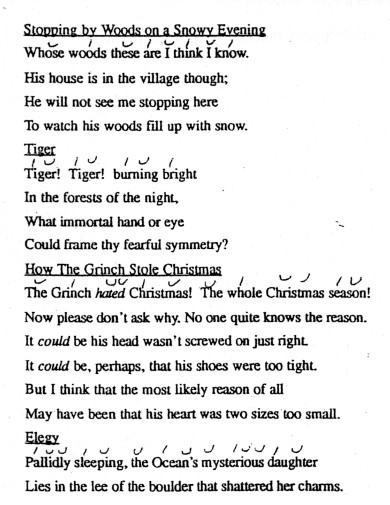
spps.org
19. Life Poem of Alliteration Example
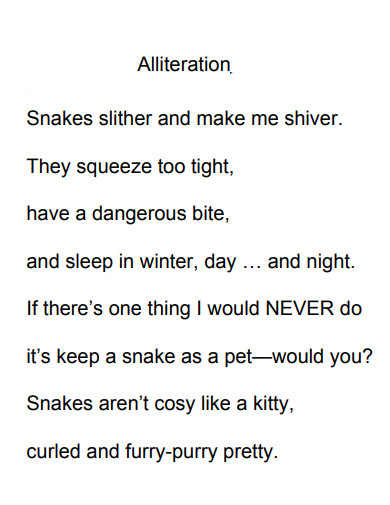
education.nsw.gov.au
20. Basketball Poem of Alliteration Example

iasj.net
21. Summer Poem of Alliteration Example
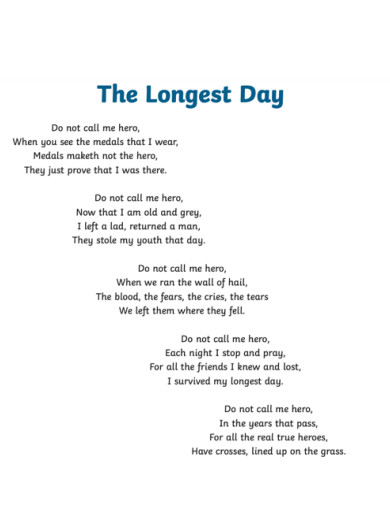
stmp.camden.sch.uk
22. Writing Poem of Alliteration Example
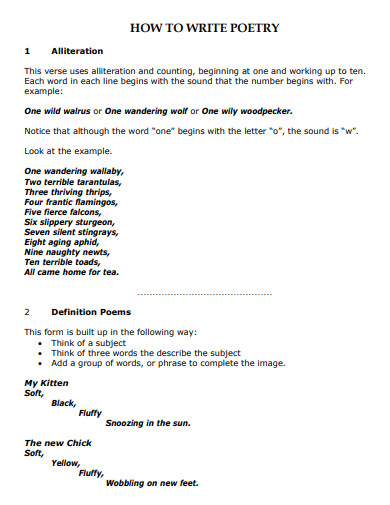
ziptales.com
23. Spring Poem of Alliteration Example
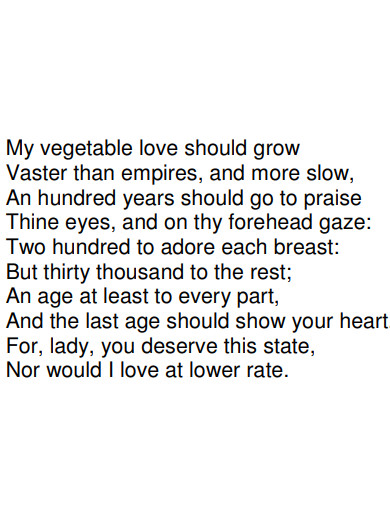
marilenabeltramini.it
24. Poem of Alliteration Worksheet Example

joliet86.org
25. School Poem of Alliteration Example
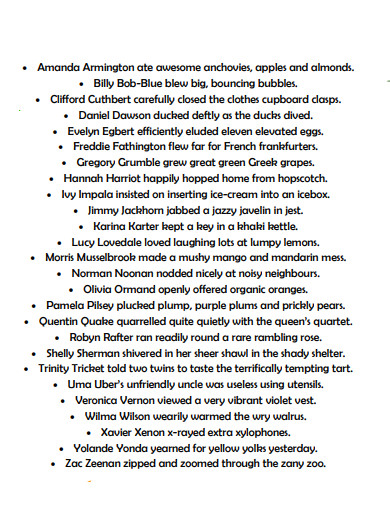
scholastic.co.nz
26. Ks1 Poem of Alliteration Example
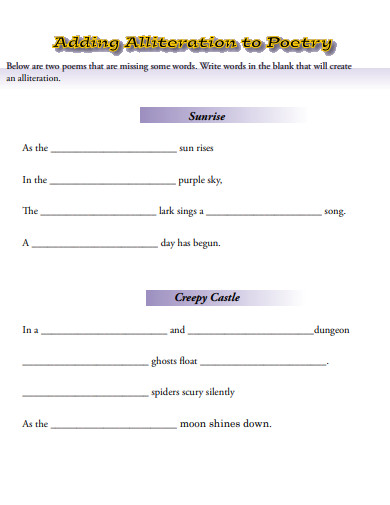
misssky.weebly.com
27. Poem of Alliteration Portfolio Example
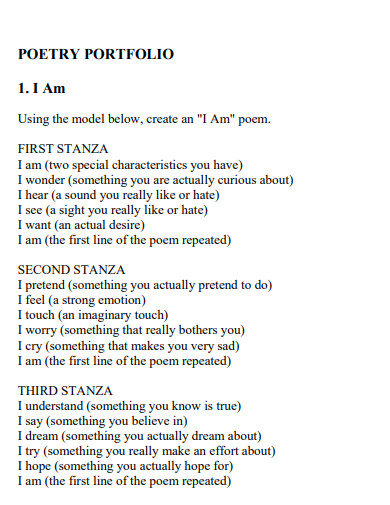
wsfcs.k12.nc.us
28. Blank Poem of Alliteration Example
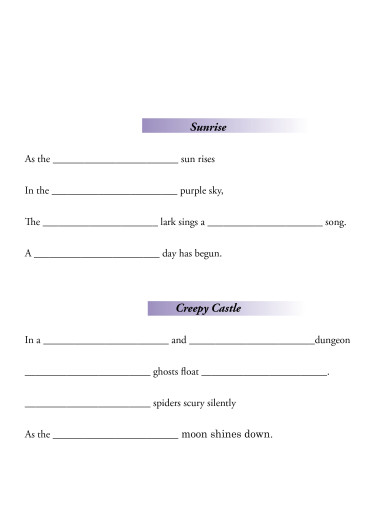
tutorified.com
29. Metaphor Poem of Alliteration Example
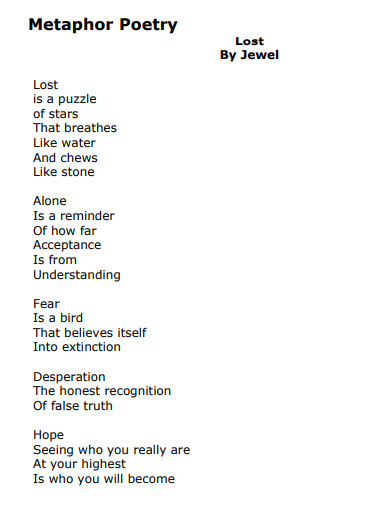
hollandcsd.org
30. Sunrise Poem of Alliteration Example
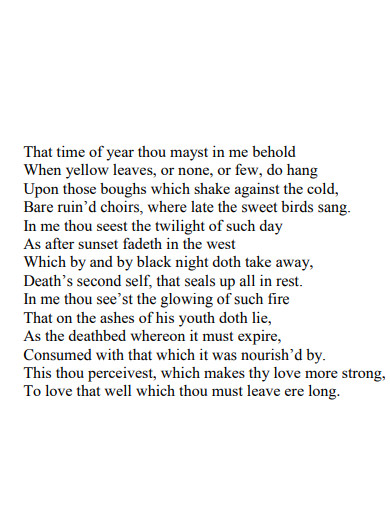
s3-live.kent.edu
31. General Poem of Alliteration Example
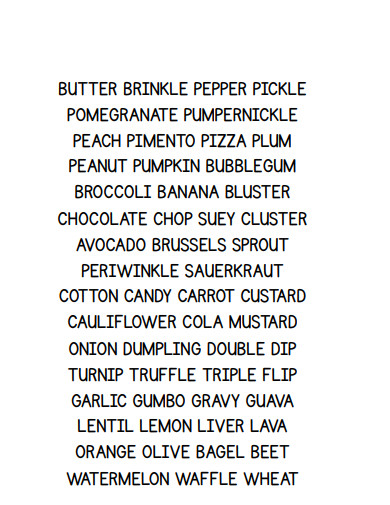
parkhurstss.eq.edu.au
What is a Poem of Alliteration?
A Poem of Alliteration is a poetic composition that emphasizes the repetition of initial consonant sounds in neighboring or closely connected words. This technique goes beyond mere rhyme, inviting readers to revel in the musicality of language. Unlike acrostic poems, which involve spelling words vertically, Poems of Alliteration focus on creating a rhythm through the seamless recurrence of consonant sounds. Just as in a symphony, the sounds blend harmoniously, painting a unique auditory landscape that enriches the reader’s experience.
How to Craft a Poem of Alliteration?
Creating a Poem of Alliteration requires a careful balance between creativity and linguistic finesse. Follow this step-by-step guide to infuse your poetry with the mesmerizing charm of alliteration, breathing life into your words.
Step 1: Select a Theme
Choose a theme that resonates with you, as it will provide a foundation for your poem’s content and direction. Whether you’re inspired by nature, human emotions, or complex analogies, a clear theme will guide your artistic journey.
Step 2: Determine the Tone
Decide on the tone you want to convey through your poem. Will it be whimsical, somber, romantic, or reflective? The tone will influence your choice of words and the overall mood of the poem.
Step 3: Structure your Stanza
Consider the stanza structure that suits your theme and tone. You might opt for a traditional form like a sonnet or experiment with free verse. The stanza layout impacts the pacing and visual presentation of your poem.
Step 4: Weave in Alliteration
Now comes the heart of the process: infusing your poem with alliteration. Select key words and phrases where the repetition of initial consonant sounds would enhance the poetic flow. Aim for subtlety; let the alliteration be a thread that weaves the verses together, not an overwhelming force.
FAQs
What’s the difference between alliteration and rhyme?
Alliteration focuses on the repetition of consonant sounds, particularly at the beginning of words, while rhyme involves the repetition of similar sounds at the end of words. Both techniques contribute to the musicality of poetry, but they operate in distinct ways.
Can I use alliteration in any type of poem?
Absolutely! Alliteration is a versatile literary device that can enhance various poetic forms, from sonnets to free verse. It adds a layer of auditory delight to your words regardless of the structure you choose.
How can I avoid overusing alliteration in my poem?
To prevent overuse, prioritize the natural flow of your poem. Alliteration should enhance the language’s rhythm, not detract from it. Use it strategically, focusing on key moments or phrases that benefit from its musical quality.
In the realm of poetry, the Poem of Alliteration stands as a testament to the harmonious marriage of sound and meaning. By weaving together initial consonant sounds, poets craft symphonies of language that resonate with readers on a deep level. Through the steps outlined in this guide, you can embark on your own journey of artistic creation, experimenting with alliteration to create poems that sing, dance, and stir the soul. So, embrace the art of alliteration, and let your verses resound with the beauty of linguistic melody.


